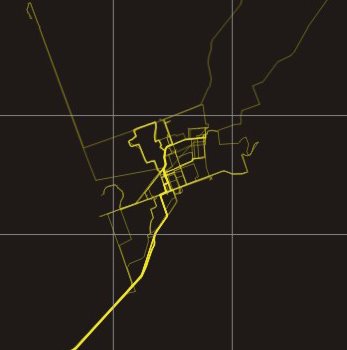





Looking at specific recreation guides for New England, such as one guide I have that details the recreation in Western Maine, I have noticed similarities in the way that recreation and space is represented. The theme of most recreation maps for New England centers around nature and the outdoors. Many of the recreation guides include activities such as kayaking, mountain climbing, hiking, sightseeing, etc. New England has is unique in that it has some of the most beautiful and lively landscapes in the country. For example, the fall foliage, cranberry bogs, and landscapes of New England are unique and cannot be found in other parts of the country.
The wealth of history of New England, going all the way from the Pilgrims landing in 1620, attracts many tourists from all over the country as well. Many of the sightseeing and museums are devoted to experiencing the history that was written in the area, such as covered bridges, which are extremely popular and mentioned in many recreation guides.
Overall, I think the “charm of New England” is the combination of the landscapes, history, and wealth of recreational activities available in the area.